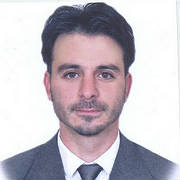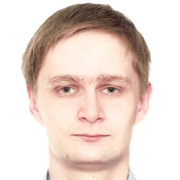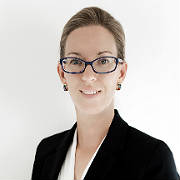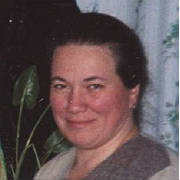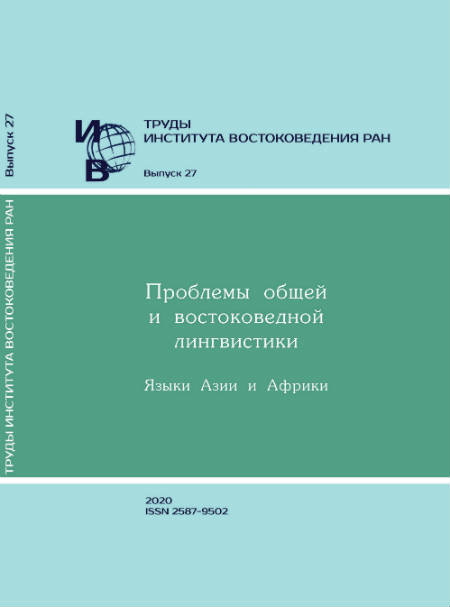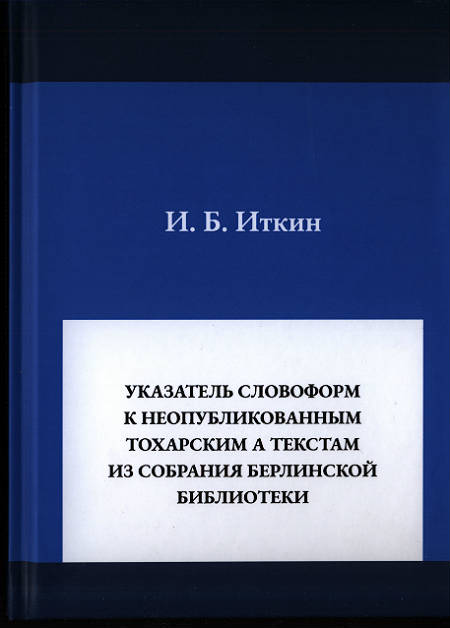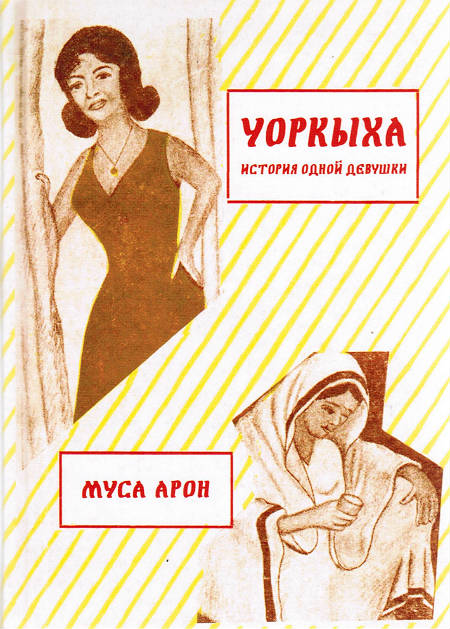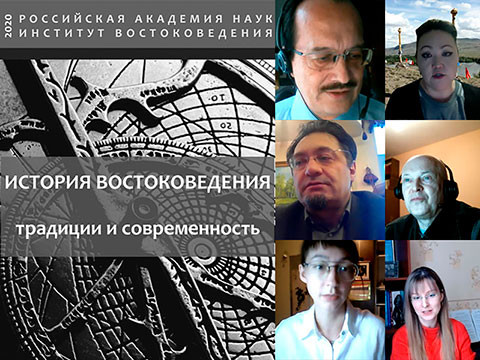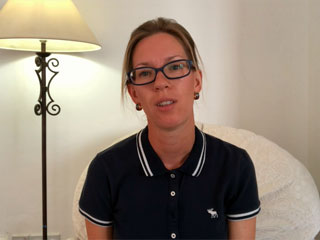Departments
Department of Asian and African languages
According to the archives of the Institute of Oriental Studies of the Russian Academy of sciences, the order to pool the specialists in oriental languages into a separate department was dated December 27, 1957. Accordingly, the Department of Asian and African languages headed at that time by G.P. Serduchenko began functioning since the beginning of the next year, 1958.
Of course, linguisticians had worked at the Institute before that date too, but they were scattered among various regional departments and conducted their research side by side with economists, political scientists, geographers, historians, literary critics, etc. However, linguistics has its own specific character, its own subject of research, its own methodology and its own description means that vary with the language in question and differ from those used in other sciences. Therefore, the Institute of Oriental Studies setting up a special linguistic department was an important milestone in language studies on the whole and in oriental language studies in particular.
At present, the Department has 26 researchers (23 regular and 3 second-job ones), 18 of them with an academic degree (17 in philology, one in mathematics). Besides, there are 3 laboratory assistants.
A short review is insufficient to list all achievements of the Department over the 60 years since its establishment, and all the awards, domestic and foreign, conferred on its staff for their scientific efforts. Even the number of languages, language groups, and language families studied at the Department at present or earlier, can be estimated but roughly as more than 300.
What should be pointed out is that the Department’s scientific activities have a very manifold character stemming from the manifold nature of the research subject itself – the natural language. As emphasized by academician V.M. Solntsev, natural language is at the same time an instrument of human communication, reasoning, and cognition; an environment for the society’s cultural, social, and technological development; a reflection of the present-day reality, containing, as this reality itself, the embryos of its future conditions; and a treasury of the people’s memory that preserves the real tracks of its history allowing one to retrace and partially recostruct this history.
Accordingly, the linguistic research at the Department is conducted along several different though interrelated directions. Here are the basic of these directions.
(1) Research in general linguistics based on the data of Asian and African languages.
This research area relies on the data of Asian and African languages as the basis for establishing and developing the theoretical and methodological foundations of linguistics as such, including general linguistic theory, typology, theoretical grammar, lexicology, semantics etc. This involves development and optimization of linguistic scientific tools, primarily the modern systems of concepts and terms used for compiling concrete grammatical and lexicographic descriptions of languages of various typology in their historical and synchronic aspects. The material of Asian and African languages often helps to find a fresh approach to many “eternal” linguistic problems, i.e.: what is the origin of human language? What prompts linguistic changes and what mechanisms control them? How did written language come into existence and how does it evolve? What is “word” and how can one define its boundaries? How can words be classified into parts of speech? What is the difference between grammar and lexis? What information does word order carry? etc.
Within this area also falls research in national linguistic traditions and in the history of linguistic schools, including the history of Arabic, Chinese, Indian, Japanese, Korean, etc. linguistics.
(2) Concrete linguistic studies of modern Asian and African languages.
This direction of research is aimed at compiling dictionaries and grammars of the languages in question, elucidating the more complex aspects and phenomena of their structure, studying their typological similarities and differences, their mutual relationship and their relations with European languages, primarily with Russian, as to the ways of expression of various grammatical and lexical meanings.
This involves developing theoretical and practical grammars of modern oriental languages, as well as compiling bilingual dictionaries (from or to Russian) for the most needed of these languages, from Arabic, Chinese, Hindi, Persian etc. to Japanese, Khmer, Vietnamese and so on. Along with dictionaries covering general vocabulary, specialized dictionaries are also compiled, such as dictionaries of neologisms, phraseological units, geographical names, scientific and technical terms, etc.
This serves to provide the factual foundations of linguistics, this foundation serving, on the one hand, for educational and practical purposes, such as teaching and learning languages, various types of linguistic and trans-linguistic activities, beginning with translation, etc., and, on the other hand, forming the basis for development of the general linguistic theory and methodology.
A special type of concrete linguistics research is field linguistics, i.e. work with native speakers of un-investigated or little-investigated languages to collect factual data on these languages. This involves linguistic expeditions or individual journeys of the researchers to where the corresponding languages are spoken. The geography of such expeditions is vast: from Siberia and the Caucasus to China, India, Vietnam, Nigeria, Indonesia, and other countries. The result is that descriptions are provided for a number of languages hitherto un-studied in Russian lingustics.
(3) Historical and comparative-historical studies of Asian and African languages.
Researchers working along these lines study genetic relations between the languages under study, and the specifics of their historical evolution; endeavor to establish the lexicons and grammars of the ancient languages of the region, to reconstruct the protolanguages for the existent language groups and families; compile historical grammars and etymological dictionaries of various Asian and African languages (i.e., Austro-Asiatic, Ancient Arabic, Kurdish, Mongolian, Chadic, etc.); translate literary monuments of various periods (suffice it to mention the many-volume publications of Rigveda and Atharvaveda by T.Ya. Elizarenkova); establish their distinguishing linguistic features, try to reconstruct the linguistic situation in Ancient societies, etc.
This research area provides, on the one hand, historical and theoretical foundations for linguistics, and, on the other hand, linguistic foundations for history allowing it to use linguistic data to verify historical facts.
(4) Research in Asian and African languages as they function in their social, cultural, and political environment.
Researchers pursuing this line of linguistic investigations establish the relations of language with the territorial and political structure of the society, with gender and religious problems. They inquire into the specifics of the linguistic vision of the world and of the linguistic behaviour of the speakers of various Eastern languages, from Arabic to Japanese, examine territorial variants of these languages, dialects, sociolects and other forms of their existence. Under study are also ways of language spread and diffusion, the mutual influence, the specifics of language situations and policies in various regions of Asia and Africa.
All this helps to elucidate the interaction of linguistic material with the specific character of national cultures, and to establish the place of language in general and of concrete languages in particular in intercultural communication and in the development of society. In this way, linguistics acquires its theoretical sociological foundations, while sociology is provided with its linguistic basis.
(5) Computational linguistic studies of Asian and African languages.
This research is aimed primarily at development of the mathematic-theoretical foundations of general linguistics with regard to languages of Asia and Africa, as well as the linguistic foundations of computer science. They are of great theoretical importance, for in order to create a computational description of linguistic facts adequate for automatic processing of language and texts, the author of this description has to elaborate, first and foremost, a very clear view of the language system and of the linguistic phenomena under consideration. The thing is that in linguistic descriptions meant for humans some difficulties can be left out with the proviso that these are still controversial subjects needing further examination. On the contrary, when a computational text processing system is developed, one has to give a clear and unambiguous solution for all problems involved in such processing, otherwise the system just won’t function.
In this way, computational linguistic research acts as an important incentive for development of linguistic theory. And, of course, such research is indispensable for linguistic applications – such as devising modern computational environments for knowledge bases and text corpora, as well as modern techniques for translation and other types of language processing for oriental languages.
This research avenue is represented at the Department by efforts towards developing innovative computational environments for all these tasks. Among them, an experimental computational system has been devised for Japanese-Russian automatic translation (JaRAP), including separate modules for Japanese analysis, Japanese-Russian transfer, and Russian generation. For computational lexicography, a RAMEYA complex has been built up implementing a number of non-trivial functions for searching and comparing information in full-sized lexicographic arrays and text corpora. At present, this complex is used as a basis for compiling an electronic Japanese-Russian dictionary.
Lastly, we should mention interdisciplinary studies that lie within two or more of the above research areas or at the junction of oriental linguistics with other areas of oriental studies: philology, culturology, political science, history, and even geography (involved, e.g. in compiling dictionaries of geographical terms). Interdisciplinary research make possible observation of interrelations and interaction between adjacents areas of humanities, as well as eliciting phenomena specific for their borderlines.
The Department staff is also systematically engaged in teaching and training graduate and postgraduate, and doctoral students, as well as in supervising their qualification papers and theses for scientific degrees.
To conclude, we should mention that in its scientific work, the Department employs both classical, time-tested methodologies and modern computational means and techniques. remaining, as before, one of the largest modern centres of oriental linguistics.
Within the latest 5 years, the Department has published 5 collections of scientific papers and over 20 monographs and dictionaries, among them monographic studies in structural typology, theoretical grammar, theoretical historic-comparative linguistics, etymology, language history, linguistic terminology. etc.





